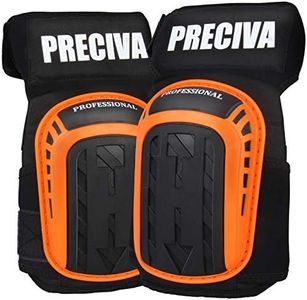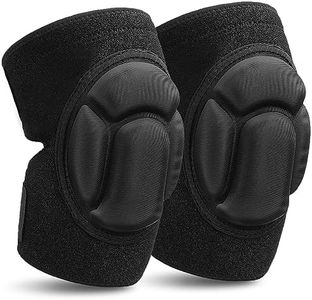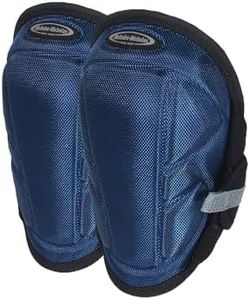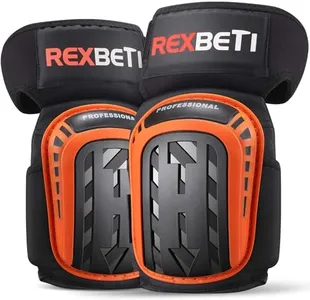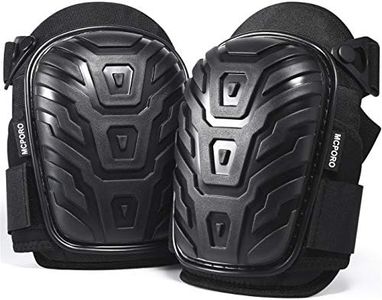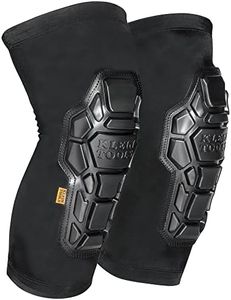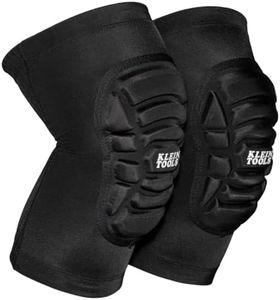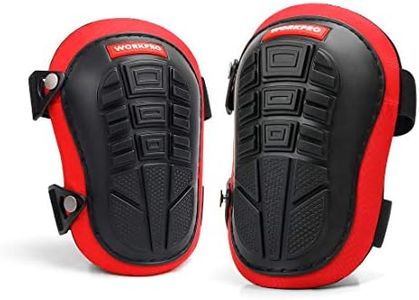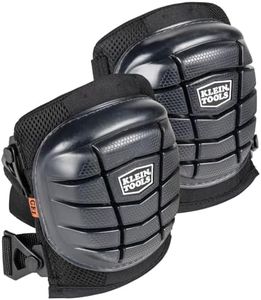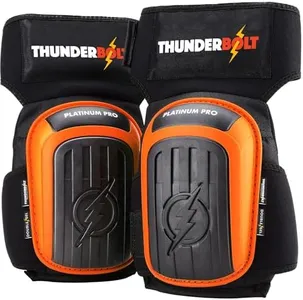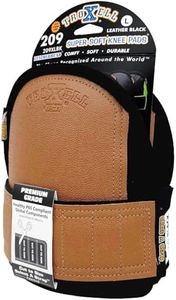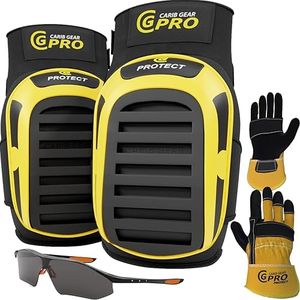We Use CookiesWe use cookies to enhance the security, performance,
functionality and for analytical and promotional activities. By continuing to browse this site you
are agreeing to our privacy policy
10 Best Construction Kneepads
From leading brands and best sellers available on the web.Buying Guide for the Best Construction Kneepads
Choosing the right construction kneepads is important to protect your knees from strain and injury when working on hard surfaces, such as concrete or tiles. Good kneepads will make it easier to work comfortably for longer periods, reduce the risk of knee pain, and help prevent long-term joint issues. When picking kneepads, consider factors like comfort, protection level, adjustment features, and the type of work you'll be doing. Think about how much you need to move, how long you'll be wearing them, and whether you'll be on rough or smooth surfaces most of the time.Padding MaterialPadding material is what cushions your knees inside the pad. It’s important because it absorbs impact and reduces pressure on your joints. Foam and gel are the most common options. Foam offers good basic comfort and is lightweight, while gel provides better pressure relief and molds to the shape of your knee for extra support. For light, occasional tasks, foam is usually enough, but if you'll be kneeling a lot or for long hours, look for kneepads with gel inserts for maximum comfort.
Outer Shell/Cap TypeThe outer shell or cap provides a protective layer that faces the ground. It can be made from hard plastic or softer rubberized materials. Hard shell caps are best for slippery or rough outdoor surfaces because they slide easily and protect from sharp objects. Soft caps offer more grip and are better indoors, especially on surfaces like wood or tiling, as they’re less likely to scratch or slide. If you move a lot across a job site, hard caps might be better, but if you’re working in the same spot or on delicate floors, a soft cap is ideal.
Attachment SystemThe attachment system refers to the way the kneepads secure to your legs. Straps are commonly used, with options like Velcro or buckles. A good attachment keeps the kneepads in place without causing discomfort or digging into your legs. For maximum comfort, look for wide, adjustable straps that won’t pinch or slip. If you need to kneel and stand up frequently, choose kneepads that are quick and easy to adjust so you’re not wasting time.
Fit and SizeFit and size affect both the comfort and usefulness of your kneepads. If the pads are too tight, they will be uncomfortable to wear for long periods; if too loose, they'll slip out of place and won’t protect you properly. Some kneepads are one-size-fits-all with adjustable straps, while others come in specific sizes. To pick the right fit, consider your leg size and read sizing guidelines, and if possible, try different models for comfort before making a decision.
Weight and BulkThe weight and bulk of kneepads can affect how easy they are to wear during long jobs or while moving around a lot. Lightweight kneepads are less tiring and good for situations where you switch between kneeling and standing. Heavier, bulkier kneepads might offer more protection, but can be awkward if you need to walk or climb ladders frequently. Think about the type of work you do: for lots of movement, a lighter, slimmer kneepad is better; for tasks that keep you on your knees for long periods, it’s okay to choose a bulkier pad as long as it's comfortable.


